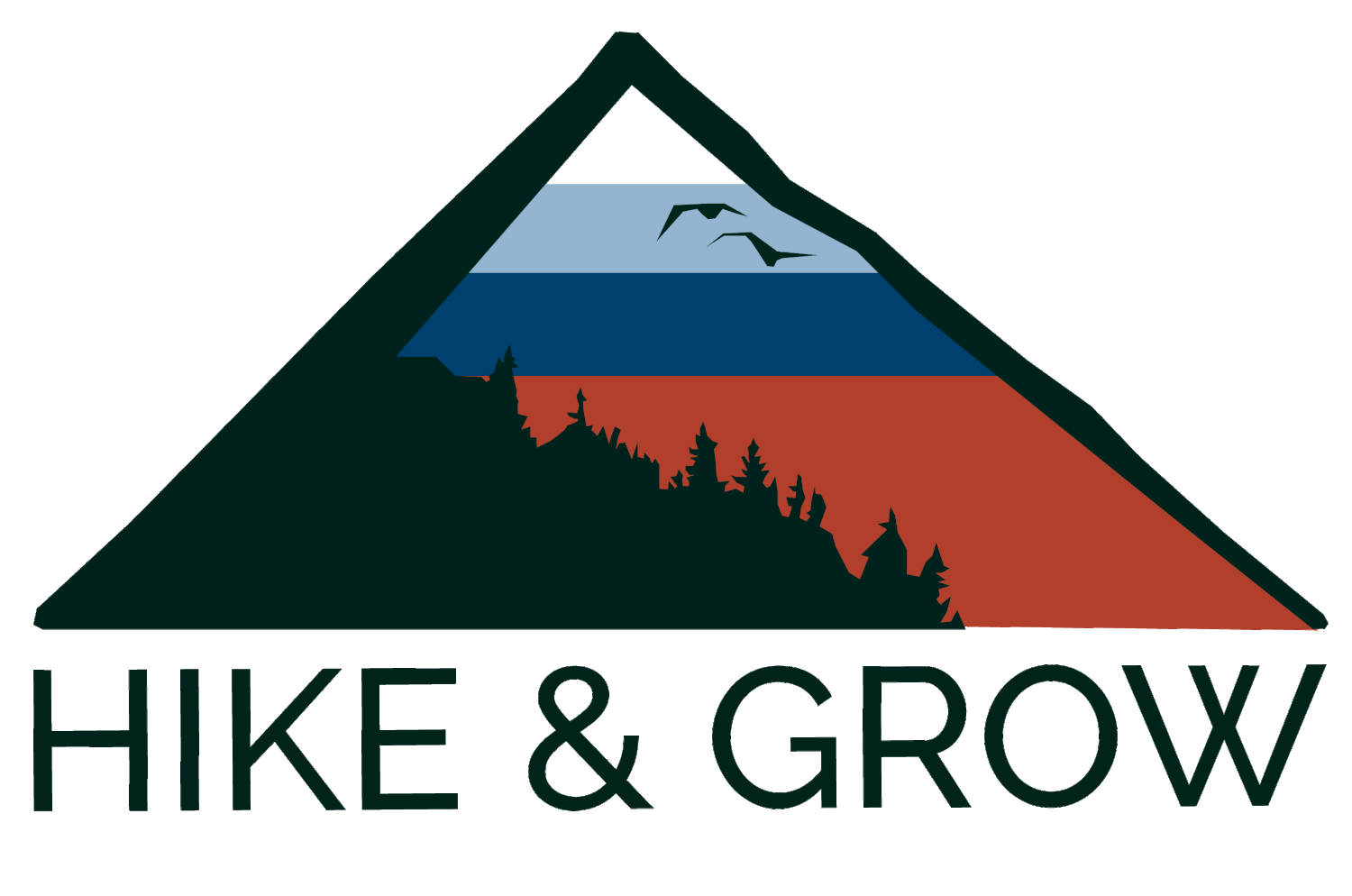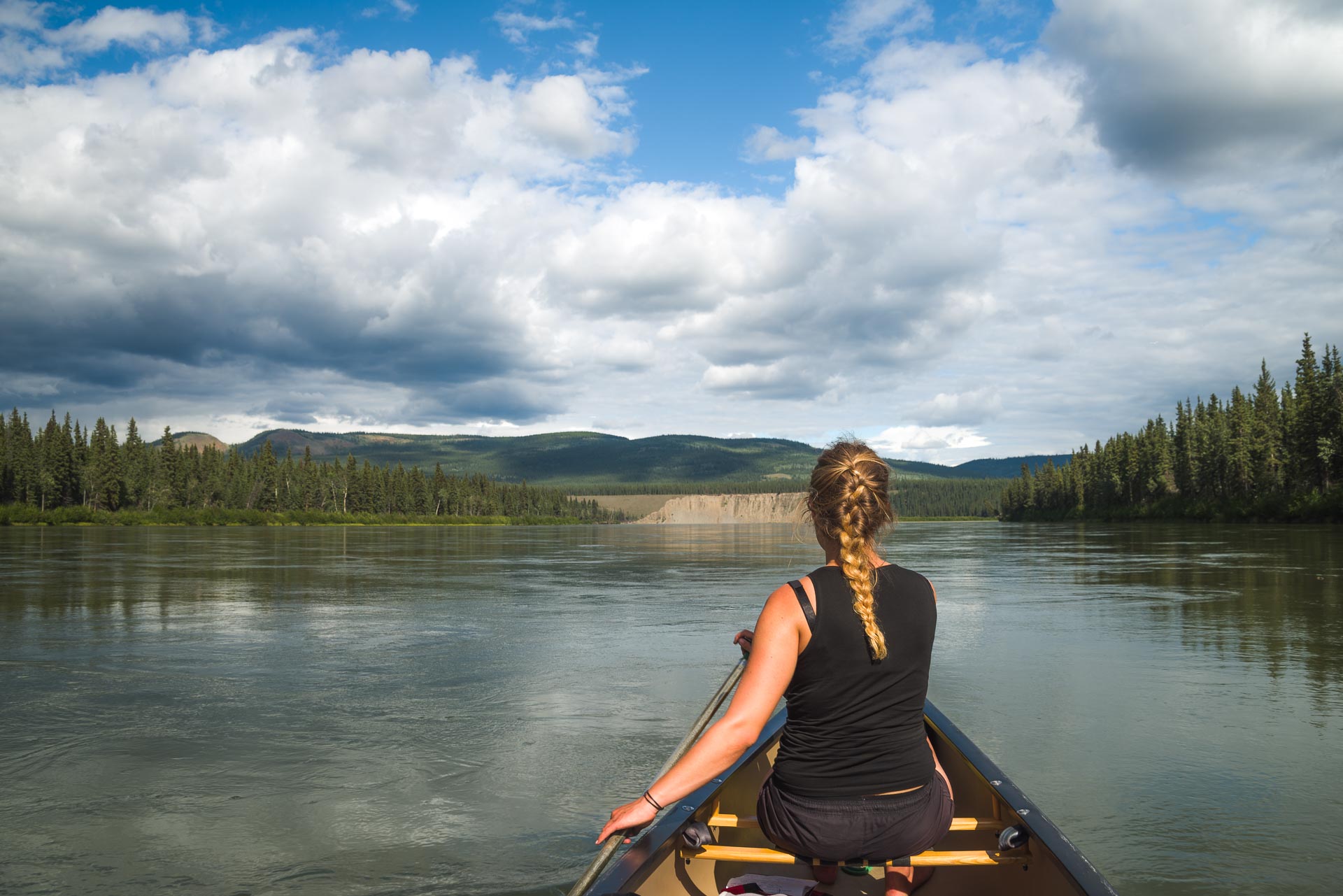Yukon River
8 days in canoe along the mighty Yukon river
At the end of July 2017 Elisa and I were exploring the Yukon Territories in Northern Canada: long walks through forests and mountains. Wild lands, with a Wild charm typical of the Great North. Fantastic places, habitats preferred by elk, bears, lynxes, wolves, eagles, ravens, just to name a few species of animals that live in these territories. We had been living in Canada for 8 months now and finally it was time for me to realize a great dream: to travel the Yukon River, or at least part of it, in a canoe, in perfect Canadian style. To cross the ancient "road", the one which in the past was the only way to cross the Yukon Territories and reach Dawson City, the city of gold. Located at the confluence of the Klondike and Yukon rivers, Dawson City was the symbol of the great gold rush that took place in those territories in the far north of Canada towards the end of the 1800s when rich gold deposits were discovered along the streams in the area. A trip along the Yukon River was the only way to get to Dawson. Today, more than a century later, you can also get there by car along an asphalted road that from Whitehorse (the capital of the Yukon Territories) was built up to the "old city of gold". Much simpler and faster. But I, always fascinated by the rivers, wanted to get there along the 'old way', so together with Elisa we rented a Canadian canoe, bought a map of the river (absolutely necessary), and we made more than 500 km along one of the largest and most important rivers of Canada and Alaska, both from the cultural and historical point of view and of course also for the natural aspect.
Ready to go, Carmacks wharf.
By canoe through the wilderness
DEPARTURE
There are several options for canoeing to Dawson: the so-called "Classic" starts from Lake Laberge, where the Yukon River originates, and then passes through Whitehorse and heads towards the city of gold. We left from Carmacks, a very small village a hundred kilometers north of Whitehorse. In agreement with the shop that takes care of the rental, we found our canoe anchored to the pier ready to be loaded and to begin the trip; in Dawson City they would have taken care to take it back and bring it to Whitehorse, very simple. After having loaded the necessary supplies for 8 days along the river, we left: full of enthusiasm and adrenaline, happy and exited to live this great adventure.
WOW I WAS REALLY CANOEING ALONG THE YUKON RIVER!
There are no camping-grounds or rest areas along the river, it's not like being in a car along a road, once "embarked" you really enter the wild lands, wilderness in its purest form. By studying the map you always carry with you, easily purchased in specialized stores, you can make an estimate of the kilometers to cover daily to get to a point where you can safely place the tent for the night. These points can be small islands formed by banks of debris and gravel transported by the river, higher areas safe from floods, small openings between the trees along the banks, and some outpost, with cabins now destroyed, used as a stop for boats to refuel timber in the years of the 'gold rush. All this can be identified by reading the maps: it is therefore recommended having a certain preparation regarding cartography and orientation.
THE RIVER
The Yukon is a river with a rather important flow of water, it is quite wide and contrary to the idea that you can have is very quiet. This is something that has fascinated me very much, the silence of the river. Having lived in the mountains and hills of Friuli (my region in Italy), I spent a lot of time along the streams that descend from the mountains, the roar of the water is constant, a loud noise but at the same time relaxing. Along the Yukon there is none of this, the only noise you hear is given by the paddling of us sailors. In a couple of places, where the river narrows, and consequently the speed of the water increases to form rapids, there the noise is incessant and also quite terrifying if you are on a small canoe and you have to cross them ... with a little 'experience you go unscathed through the rapids or you wander around them and gain back the tranquility.
The thing that woke me up a couple of nights was the sound of animals crossing the river. We are in territories where man is not the "strongest" animal but rather it is the bears and moose that are the dominating the area, and the most fascinating thing is to share these wild lands with those who live in them.
THE TRIP
We have lived and explored the river, its islands and its shores, for more than a week. 8 fantastic days through the wilderness, fascinating and mysterious, encounters with porcupine elk bears and many other animals. Places left to Nature, inhospitable for the comforts to which man is accustomed today. Places where in summer the sun shines, with different intensities, until midnight. "Enchanted" is perhaps not the right adjective to describe them, "wilderness" is what we use most, but what does "wilderness" mean if not "original"? Original, as it was and as it is, just as Nature wanted to shape it, not modified by the hand of man: yes, "original" I think is the right adjective to describe these vast lands.
AN ABSOLUTELY FANTASTIC EXPERIENCE THAT I WILL BRING WITH ME FOR THE REST OF MY LIFE. I'M SURE IT'S BEEN THE MOST IMPORTANT CANOEING ADVENTURE SO FAR, BUT THERE WILL BE MANY MORE IN THE NEAR FUTURE.
Washing dishes trying not to get wet :)
incredible landscape and amazing feelings















